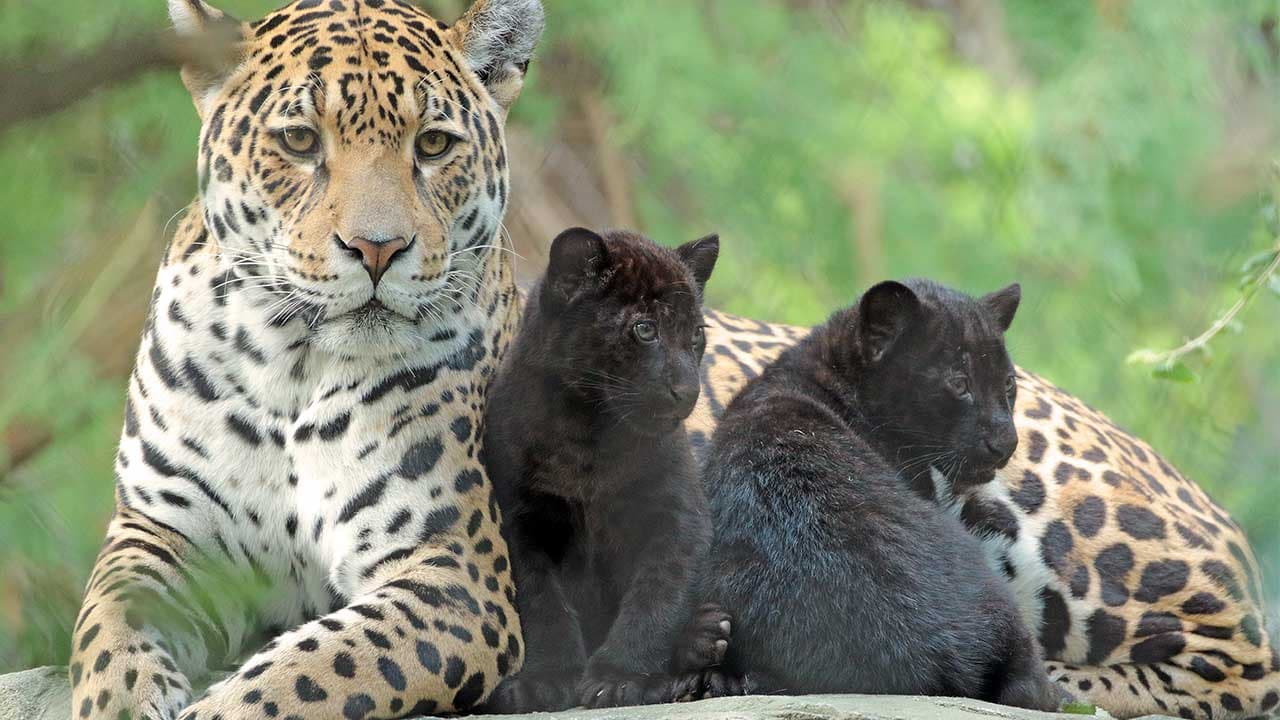
The baobab tree, also known as Adansonia, is a unique and fascinating tree that is native to the African continent.
These iconic trees can be found in various parts of Africa, including Madagascar, Senegal, Tanzania, and Botswana, among others. The baobab tree is known for its distinctive appearance, with a large, swollen trunk and branches that spread out like roots. In this article, we will explore the baobab tree, its characteristics, and some lesser-known facts about this fascinating tree.
Characteristics of the Baobab Tree
The baobab tree is a deciduous tree that can grow up to 30 meters (98 feet) in height and 11 meters (36 feet) in diameter. The tree’s trunk is massive and can store large quantities of water, which helps it survive during long periods of drought. The bark of the baobab tree is smooth and gray, with a spongy texture that can be peeled off in striƥs. The branches of the baobab tree are thick and spread out like roots, giving the tree a unique appearance.

The leaves of the baobab tree are compound, meaning that they are made up of several leaflets. The leaves are bright green and can grow up to 20 centimeters (8 inches) in length. The baobab tree produces large, white, or yellow flowers that bloom at night and are pollinated by bats and moths. The tree’s fruit, which is called a “baobab fruit,” is a hard, woody pod that can grow up to 25 centimeters (10 inches) in length and contain several seeds.
Lesser-Known Facts about the Baobab Tree
Baobab Trees Can Live for Over 1,000 Years
Baobab trees are known for their longevity, and some trees have been estimated to be over 1,000 years old. The oldest baobab tree on record was estimated to be over 2,000 years old and was located in South Africa. Unfortunately, the tree collapsed in 2017, likely due to climate change.

Baobab Trees Can Store Up to 120,000 Liters of Water
The massive trunk of the baobab tree can store up to 120,000 liters (31,700 gallons) of water, which helps the tree survive during long periods of drought. In fact, the tree can survive for up to nine months without water.
Baobab Fruit is Packed with Nutrients
The baobab fruit is a superfood that is packed with nutrients, including vitamin C, calcium, and potassium. The fruit is also high in fiber and antioxidants. Baobab fruit has been traditionally used to treat various health conditions, including diarrhea, fever, and respiratory infections.
The fruit of the baobab tree is consumed by people and animals in Africa. It is also known as the “superfruit,” and has a tangy, citrus-like flavor. The fruit is typically harvested when it falls from the tree and is then cracked open to reveal a dry, powdery pulp that is used in various traditional dishes and beverages.
It has a low glycemic index, which means it doesn’t cause a rapid spike in blood sugar levels. Because of its high nutrient content, baobab fruit has gained popularity as a superfood in recent years and can be found in various health food products such as energy bars, smoothie mixes, and supplements.
In addition to humans, baobab fruit is also an important food source for various animals in Africa, including monkeys, baboons, and birds.
Baobab Trees Are Important to Local Communities
Baobab trees are an important part of the local culture and economy in many African communities. The tree’s fruit and leaves are used in various traditional dishes and remedies, and the tree is also used for its wood, which is strong and durable. Additionally, baobab trees are often used as meeting places and landmarks in local communities.

Baobab Trees Have a Unique Relationship with Bats
Baobab trees have a unique relationship with bats, which pollinate the tree’s flowers at night. The bats, which are often referred to as “flying foxes,” are the primary pollinators of the baobab tree and play an essential role in the tree’s reproductive cycle. Additionally, baobab fruit bats, which are a species of fruit bat, are dependent on the baobab tree’s fruit as a food source.

Conclusion
The baobab tree is an iconic and fascinating tree that is an important part of the African landscape and culture. With its unique appearance, longevity, and ability to store large quantities of water, the baobab tree is a symbol of resilience and adaptability. Additionally, the baobab tree’s fruit and leaves have various traditional uses and are an important source of nutrition for local communities. While the baobab tree is facing various threats, including deforestation, climate change, and habitat loss, efforts are being made to protect and conserve this remarkable tree. Overall, the baobab tree is a testament to the natural wonders of our planet and the importance of preserving and protecting our environment for future generations.

















